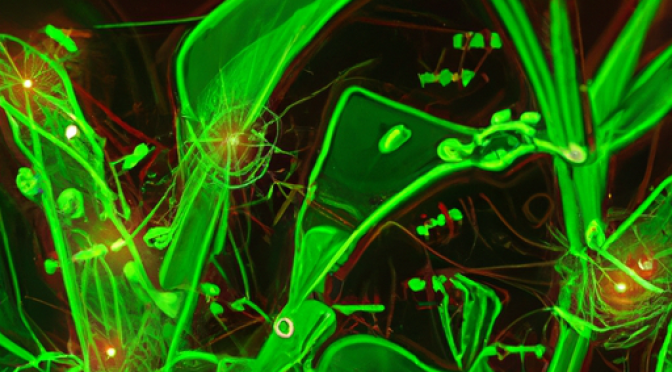Introduction
Pests and diseases pose significant threats to crop production, leading to substantial economic losses and food insecurity. However, advancements in artificial intelligence (AI) algorithms have provided new opportunities to predict and mitigate the impacts of pests and diseases on crops. By leveraging machine learning and data analysis techniques, AI algorithms can help farmers and agricultural experts make informed decisions to protect their crops and improve overall agricultural productivity.
Prediction of Pest and Disease Outbreaks
One of the key applications of AI algorithms in agriculture is the prediction of pest and disease outbreaks. By analyzing historical data on weather patterns, crop health, and pest populations, AI algorithms can identify patterns and correlations that humans may overlook. These algorithms can then generate accurate predictions about the likelihood and severity of future pest and disease outbreaks.
Weather Data Analysis
AI algorithms can analyze large volumes of weather data, including temperature, humidity, and precipitation, to identify optimal conditions for pest and disease development. By monitoring these factors in real-time and comparing them to historical data, AI algorithms can provide early warnings about potential outbreaks. This allows farmers to take proactive measures, such as adjusting irrigation schedules or applying targeted pest control methods, to prevent or minimize the impact of pests and diseases on their crops.
Crop Health Monitoring
AI algorithms can also monitor the health of crops by analyzing data from remote sensing technologies, such as satellite imagery and drones. By detecting subtle changes in crop color, texture, and growth patterns, these algorithms can identify early signs of pest infestations or disease outbreaks. This enables farmers to take immediate action, such as applying targeted treatments or implementing quarantine measures, to prevent the spread of pests and diseases and protect their crops.
Mitigation Strategies
In addition to prediction, AI algorithms can assist in developing effective mitigation strategies to combat pests and diseases.
Precision Pest Control
AI algorithms can optimize the use of pesticides by analyzing data on pest populations, crop health, and environmental conditions. By considering these factors, algorithms can determine the most appropriate timing, dosage, and application method for pesticide use. This precision approach minimizes the environmental impact of pesticides while maximizing their effectiveness in controlling pests.
Early Disease Detection
AI algorithms can detect diseases at an early stage by analyzing data from sensors and imaging technologies. By identifying specific disease symptoms, such as leaf discoloration or wilting, algorithms can alert farmers to take immediate action. Early disease detection allows for timely interventions, such as targeted treatments or removal of infected plants, to prevent the spread of diseases and minimize crop losses.
Conclusion
AI algorithms have revolutionized the agricultural industry by enabling accurate prediction and effective mitigation of pests and diseases on crops. By leveraging machine learning and data analysis techniques, these algorithms empower farmers and agricultural experts to make informed decisions and take proactive measures to protect their crops. As AI continues to advance, its potential to enhance crop productivity and food security becomes increasingly promising.

